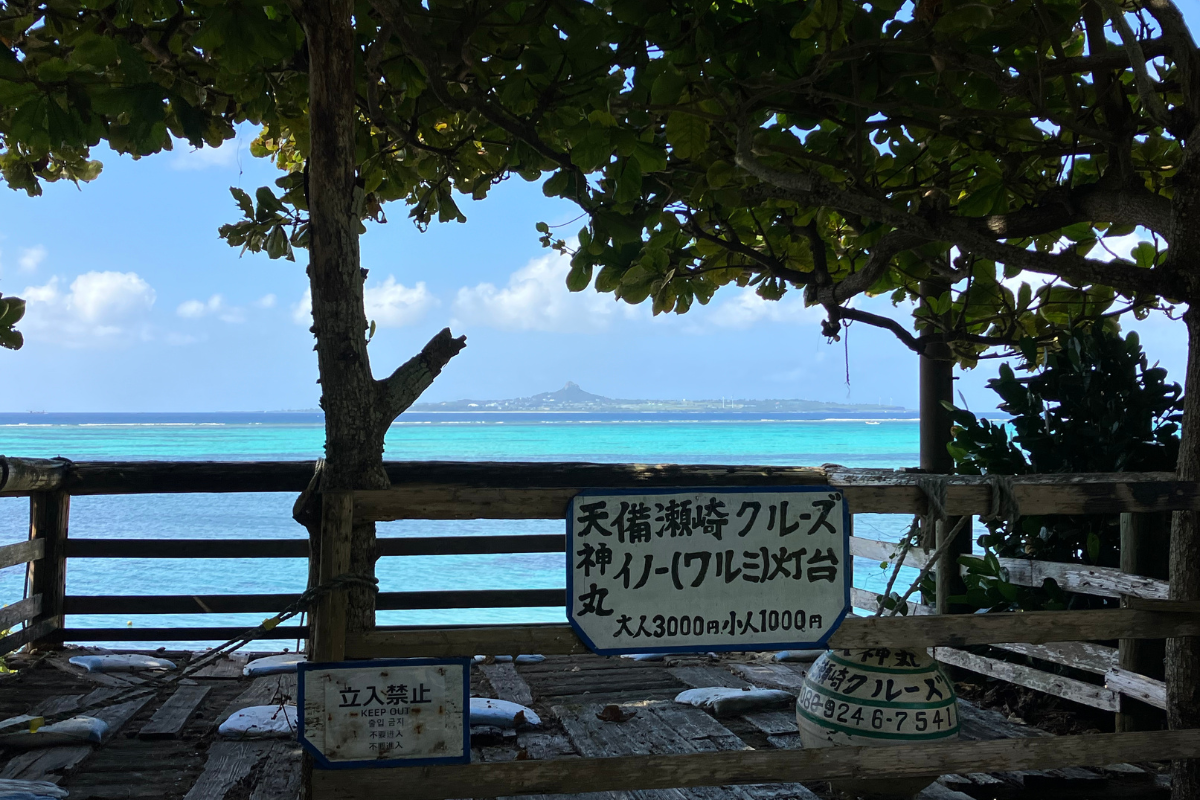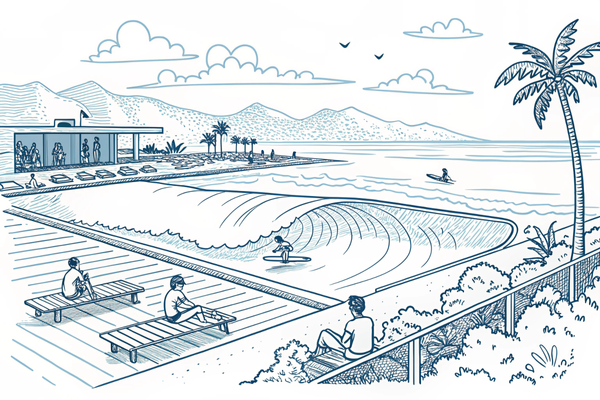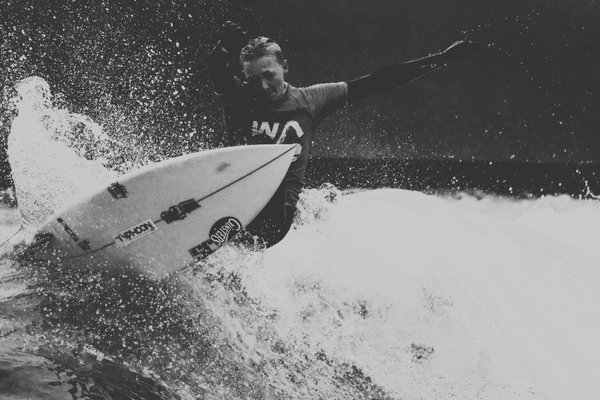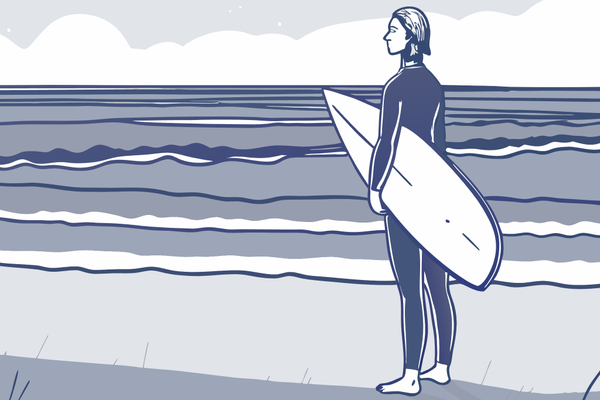Whispers of an Unspoiled Coastline

Travel, once the domain of the intrepid few, has evolved into a ritual defined by comfort and convenience. However, even in this era of budget flights and filtered photos, there remain corners of the world where time holds its breath.
Okinawa revealed one such place to me: a hidden beach carved into the rugged eastern coastline, protected by jagged rocks and the whispered lull of the sea. This sanctuary demanded dedication—no roads or pathways led directly to the beach, only a careful descent down a cliffside, each foothold a silent pact with nature.
The beautiful, ivory sand held the ghosts of long-erased footprints, the blue water spoke of histories deeper than any tale written in stone or paper. It should have been a moment of awe, a communion with untouched paradise. Yet beneath this beauty lay an unsettling quiet.
Snorkeling revealed waters that shimmered with sunlight yet felt strangely void. Where I expected to find parrotfish and clownfish, there was only an unsettling stillness. It reminded me of the whispered warnings I'd heard—some construction stories where mountains were sundered and their remains swept into rivers and oceans, offered as though penance were irrelevant. The sea, once teeming with life, had become a mute witness to emptiness.
This realization resonated with a conversation I had watched to many times—Totoganashi, Patagonia’s poignant documentary set in Amami Oshima. This film, rooted in a world not far from the one before me, told the story of local surfers fighting to defend their shores from unchecked expansion. It was an echo that stirred in the silent waters of Okinawa, a reminder that unprotected beauty is a vulnerable gift.
Such echoes are not new. The roots of activism within surfing stretch back to the late 1960s when the sport became intertwined with the growing "ecology movement." The 1969 Santa Barbara oil spill was a catalyst, awakening surfers to their role in protecting the environments they cherished. Surfer magazine's “Our Mother Ocean” column and the bold covers of Tracks in Australia, which highlighted threats like beach-damaging mining, showcased a community determined to guard its sanctuaries. These early efforts underscored that surfing, despite its laid-back image, held within it the power of stewardship.
We as travellers who set foot on adventures rarely pause to consider what our steps leave behind. The soft rustle of tires on tarmac, the sunburned faces posted on social media—all contribute to a narrative we seldom commit to with permanence. But the sea remembers, the mountains remember, and these secret beaches, where lives used to be abundant dancing to the lights of day, remember most of all.
So where does the solution lie? Perhaps it starts with a return to humbler travel, a pause before the plunge, a second glance at what lies beyond the surface. For as long as there are travellers who seek not just to consume but to learn and listen, the story of these places may yet end differently.



